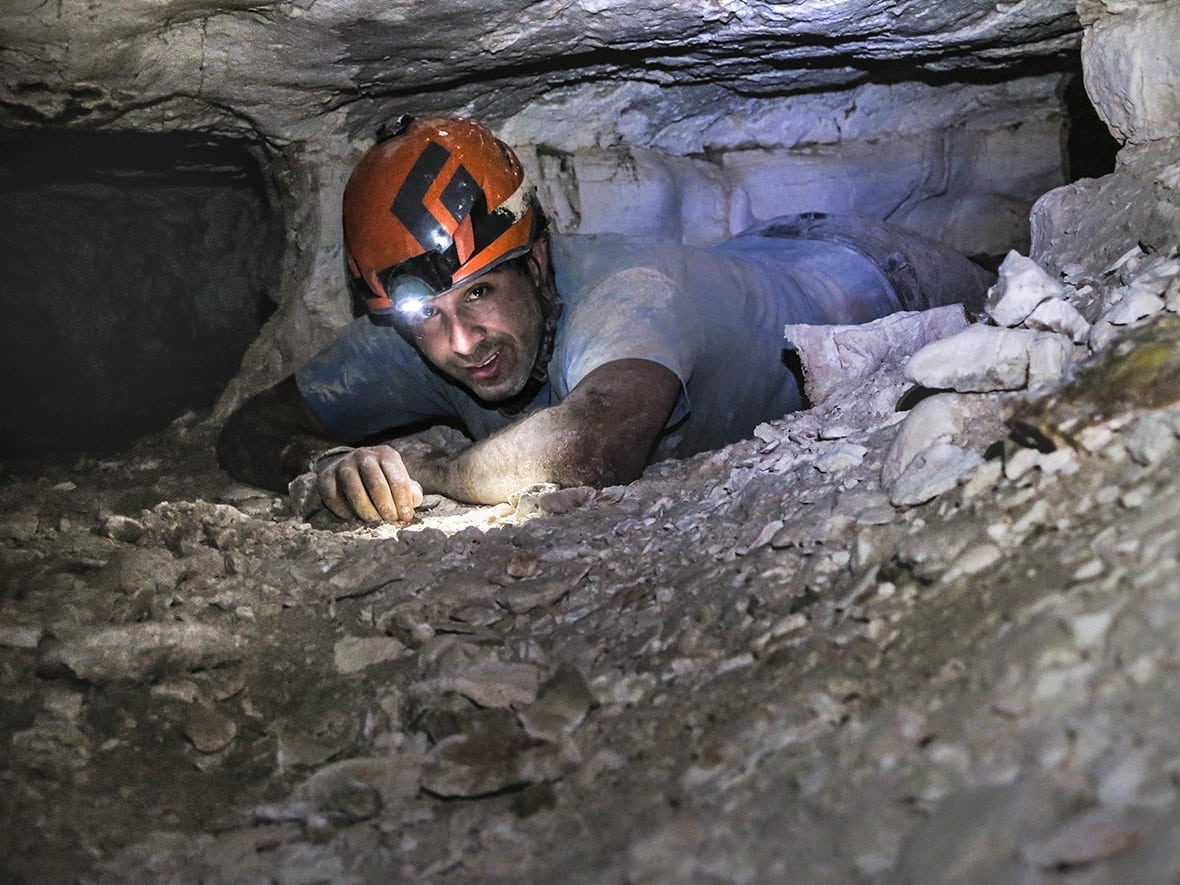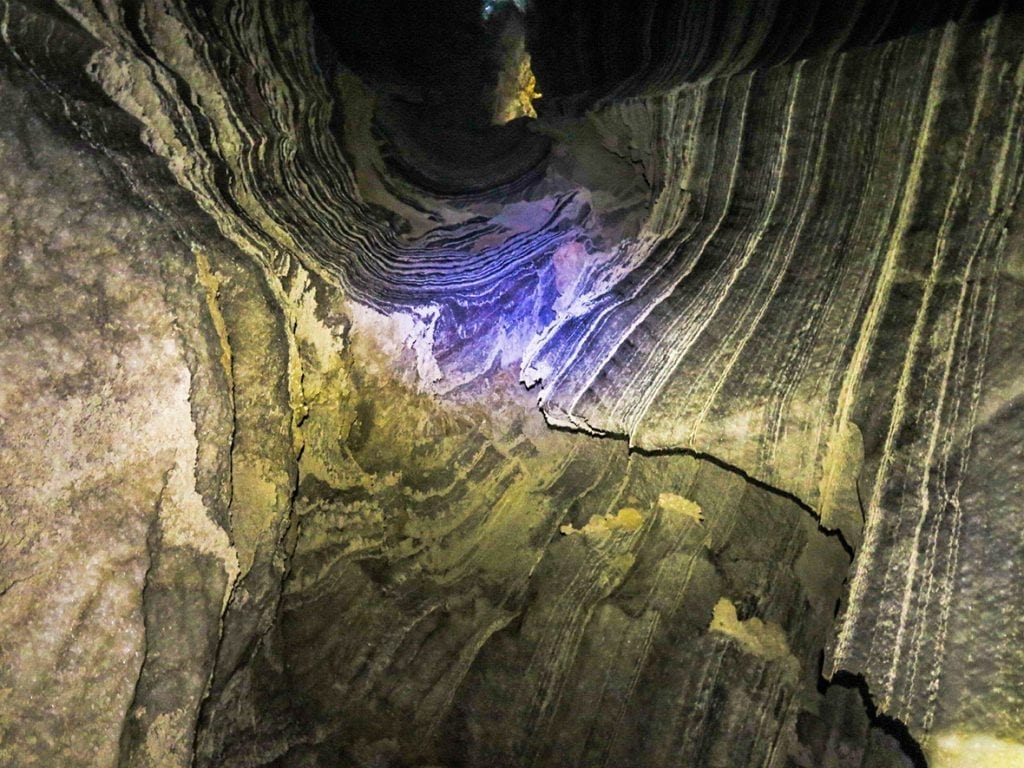After two years of extensive research, Israeli biologists from the Hebrew University of Jerusalem determined in March 2019 that the Malcham Cave was the largest salt cave in the world. Along with several Israeli, Bulgarian, and international volunteers, the research group established that the cave was over 10 km long, almost twice as large as the Namakdan salt cave in Iran.
What is a salt cave?
A salt cave is a rare and unusual geological phenomenon. Salt is a highly soluble mineral, hence large salt deposits rarely survive long on the Earth’s surface. However, in particularly arid regions with little rain, salt can persevere and form impressively large caves.
The caves are created when salt is squeezed out from under the ground to form mountains. Then, over thousands of years, seasonal floods percolated through the mountains’ rock salt which forms the cave.
The Dead Sea salt cave
The Malcham Salt Cave is located in Mount Sodom, adjacent to the southern tip of the Dead Sea. The area is known for its warm climate and the dry, arid desert-like environment – the perfect habitat for a salt cave to thrive.
The Dead Sea region is also home to numerous salt pillars and salt formations, most famously the ‘Lot’s Wife’ salt pillar which is named after the Biblical figure said to be punished by God for observing the destruction of Sodom.
Through radiocarbon dating, researchers have established that the cave is approximately 7,000 years old which is notably young for a cave of this magnitude. This is made possible by the nature of salt minerals which develop far quicker than limestone which can take millions of years to form a cave. As more salt dissolves, the 10KM Cave will expand gradually and changes to the climate and the Dead Sea could accelerate this process.
By studying the cave, geologists can extrapolate information about the region’s climate stretching over millennia. This provides unique insights into how ancient civilizations were able to settle in the region, in particular, the local city of Jericho which is one of the oldest continually inhabited cities in the country.
Salt caves in Israel
Aside from the Malcham cave, the Dead Sea region is also home to numerous salt caves of various sizes. Approximately 180 caves are hidden within Mount Sodom which itself is composed of almost 80% salt.
Can you visit the Dead Sea salt cave?
Caving at the Dead Sea is one of many popular tourist attractions in the region. Visitors can rappel into the caving system and enjoy the breathtaking natural wonder.
During rainy and flooding seasons, caving is off-limits as it is too dangerous, but, for most of the year, private tours are available.
The entrance to the record-breaking cave is an 80ft deep well that continues into the meandering underground salt channels. Visitors must wear headgear with fitted lamps as the caving system has no natural light. However, if you don’t feel like going on the most extreme salt cave tour, you can also pick easier and less deep options to enjoy even with your kids.
Although it’s not considered an extreme hike, caving can be quite difficult as the passages force you to squeeze through tight spaces and climb into large chambers, and even crawl along your stomach at certain parts of the tour.
However, the experience is undoubtedly worthwhile. There aren’t many natural sights quite as beautiful as millennia-old gleaming stalactites and stalagmites, formed into near-perfect cones.

